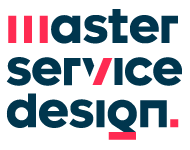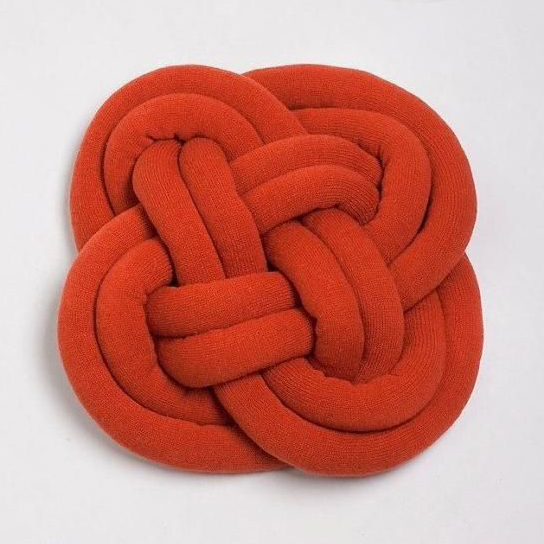I saw a speech on TED, it called《Got a wicked problem, first , tell me how to make a toast》. The speaker was showing over some years about his research, he stumbled across a simple design exercise that helps people understand and solve complex problems, and it kind of seems trivial at first, but under more deeper checking, it comes out that it reveals unexpected truths about the way that we collaborate and make sense of things.
The exercise has three parts and begins with something that we all know how to do, which is how to make toast. It begins with a clean sheet of paper, a felt marker, and without using any words; you begin to draw how to make toast. And most people draw something like a loaf of bread, which is sliced, then put into a toaster.
And then over the years, he has collected many hundreds of drawings of these toasts, and some of them are very good, some are really sucks, under close inspection, some reveal some aspects of toast making while hiding others. So there are others that are all about the toaster, and there are others about the people. It is about visualizing the experience that people have. Drawings are really wildly different, they share a common quality, but what is the common about these? And this brings us to our third part of the exercise, which is to draw how to make toast but in a group. The exciting thing was that it started out messy and then it got really messy, and then got messier, but as people refine the models, this approach works really great for drawing how to make toast.
This speech calls my memory back to the day we were working on a workshop for BENE-IN, which is a service design project for the pharmacy that belong to COOP. Throughout the observation and collection on the field, reaching, definition and opportunity drawing, prototype, role paly, etc. Finally we got a dozens of good idea. What I want to remind is the day we did the “dreamer”.
On that day, we dedicated to the most extreme and impossible dreams and solutions for the distribution network. This was the phase aims to keep the mind open and fly, to come up with innovative visions. The point is we working as a team, we think out a lot of raw ideas. The project for the pharmacy was complex, but after to be a dreamer for the program, we figure out a clear mind for what we will go for the next step.
So, using collaborative visualization to solve the wicked problems, it helps us to get clear, engaged and aligned. Next time when we are confronted with an interesting challenge, remember what design thinking has to teach us, make our ideas visible tangible, and consequential. It is simple, it is fun and it is powerful.

